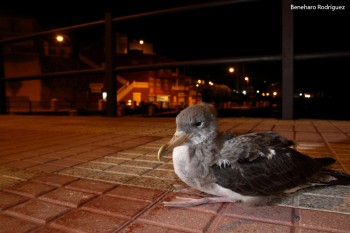Caroline Pott and David Wiedenfeld (American Bird Conservancy, The Plains, Virginia, USA) have reviewed information gaps in seabird bycatch in the journal Biological Conservation.
“Seabirds, as foragers in marine waters for at least part of their lifecycle, encounter the global fishing fleet in search of marine resources. While fishing gear is designed to catch fish and invertebrates, it also catches unintended species, including seabirds. We reviewed bycatch incidence for 378 marine and coastal bird species in 18 different gear types, and found that 60% (228 species) have been recorded interacting with at least one type of fishing gear. At least one species from each of the taxonomic groups analyzed (generally at the family level) has been documented interacting with fishing gear. With respect to two measures of degree of interaction, four families have a high degree of documented interaction: Gaviidae (loons or divers), Podicipedidae (grebes), Diomedeidae (albatrosses) and Sulidae (boobies and gannets). Set and drift gillnets (among the most studied gear types), have the greatest number of documented species interactions: 92 and 88 species, respectively. Hook gear (longlines and handlines) have documented interactions with 127 species. Together these four gear types have documented bycatch of 193 species. The waters of the Arctic, the Caribbean, the Guinea and Canary Currents in the Atlantic, the Indian Ocean and Asia have been poorly studied. Particular gear types, including industrially-deployed seines, and the artisanal fisheries sector also constitute significant gaps in our knowledge of seabird bycatch patterns worldwide.”

A bird-scaring line keeps seabirds at bay from the trawler warp, photograph by Leo Tamini
With thanks to Caroline Pott: “Your news items were of great use to me when I was knee-deep in seabird lit research.”
Reference:
Pott, C. & Wiedenfeld, D.A. 2017. Information gaps limit our understanding of seabird bycatch in global fisheries. Biological Conservation 210: 192-204.
John Cooper, ACAP Information Officer, 24 May 2018

 English
English  Français
Français  Español
Español 



